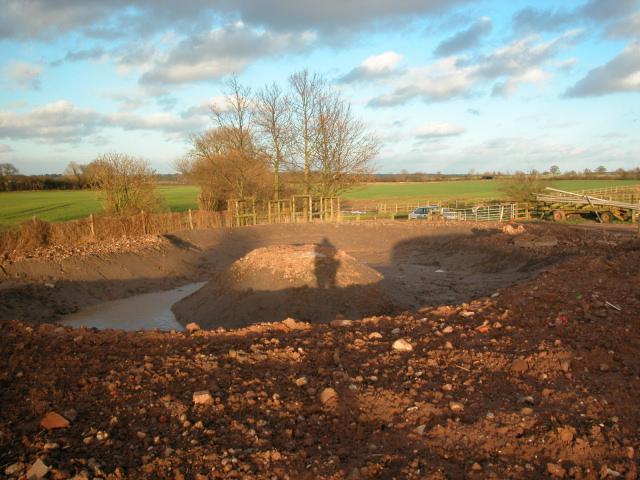This guest article addresses a subject many of us find it too easy to forget about and do nothing: BROWNFIELDS. Aaron Trussell, a college student majoring in environmental sciences, writes about the important issues of environmental assessment and land reclamation.

High-impact industries might have been profitable at the time, but they have left imprints on the land that are often toxic. These legacies have left “brownfields” and blight on various properties, sometimes spreading the impact of their activities far beyond the physical area of the locations these industries originally occupied.
This land used to be considered too polluted to be useable by anyone, but it is now undergoing environmental reclamation thanks to new understanding of how we can reuse polluted land and new technologies. Lands disturbed by mining for resources, oil and gas extraction, various types of transportation, and logging have been transformed into economically productive or naturally beautiful and rich habitats once more.
The first step in this process of transformation is to conduct an environmental assessment. Here is what you need to know about environmental assessments to help you reclaim land and engage in sustainable development practices.
Land Reclamation is a Growing Trend
We only have a limited amount of space on Earth, and much of it is taken up by oceans or ice fields, is too far away from population centers to be useful, or is polluted. It makes sense to reclaim polluted lands whenever possible. The process is quite simple: improve land that has been disturbed by destructive activities until it is in a state to be used for the designated activity, or even until it is equally capable as it started before the destructive activity damaged it.
Common Land Reclamation Processes
The processes involved in land reclamation include reconstruction of soil, emergency measures to prevent further erosion and reverse the effects of any erosion that has already occurred, and various measures intended to make soil fertile or conducive to building, depending on the end goal of the land usage. Another process involves revegetation, which is replanting lands that have been stripped of their plant life. This may involve developing unique seed mixes or studying the chemical and nutrient composition of the soil.
Starting the Reclamation Process
The first step in the process is to get an environmental assessment done. It is important to know what potential environmental issues exist near the property or have existed in the past, how they might affect your property, and what you can do. An environmental assessment will help you figure out whether these past land uses are a problem. If you already know there is a problem, an environmental assessment will pinpoint the problem, potential solutions, and the steps you need to take to get planning permission and building permits.
Environmental assessments are a crucial tool in the process of land reclamation. With limited land available to use, and prime land often destroyed by the processes of mineral extraction, oil and gas activities, logging, and other destructive activities, it makes sense to revitalize land we already have available. Property owners don’t have to invest in new properties and can help the entire planet by increasing the useable and healthy land available. As we discover more about the impacts various activities have had on our habitat and try to reverse them, land reclamation is the way of the future.
Aaron Trussell is a college student majoring in environmental sciences. He’s passionate about writing too, and blogs for a number of websites in his spare time on subjects related to his future career. Click for valuable Environmental Data Resources information.
Photo: Garvey Developments
[source: http://feeds.importantmedia.org/~r/IM-greenbuildingelements/~3/9QQ0N2YMWM8/]

Leave a Reply
You must be logged in to post a comment.